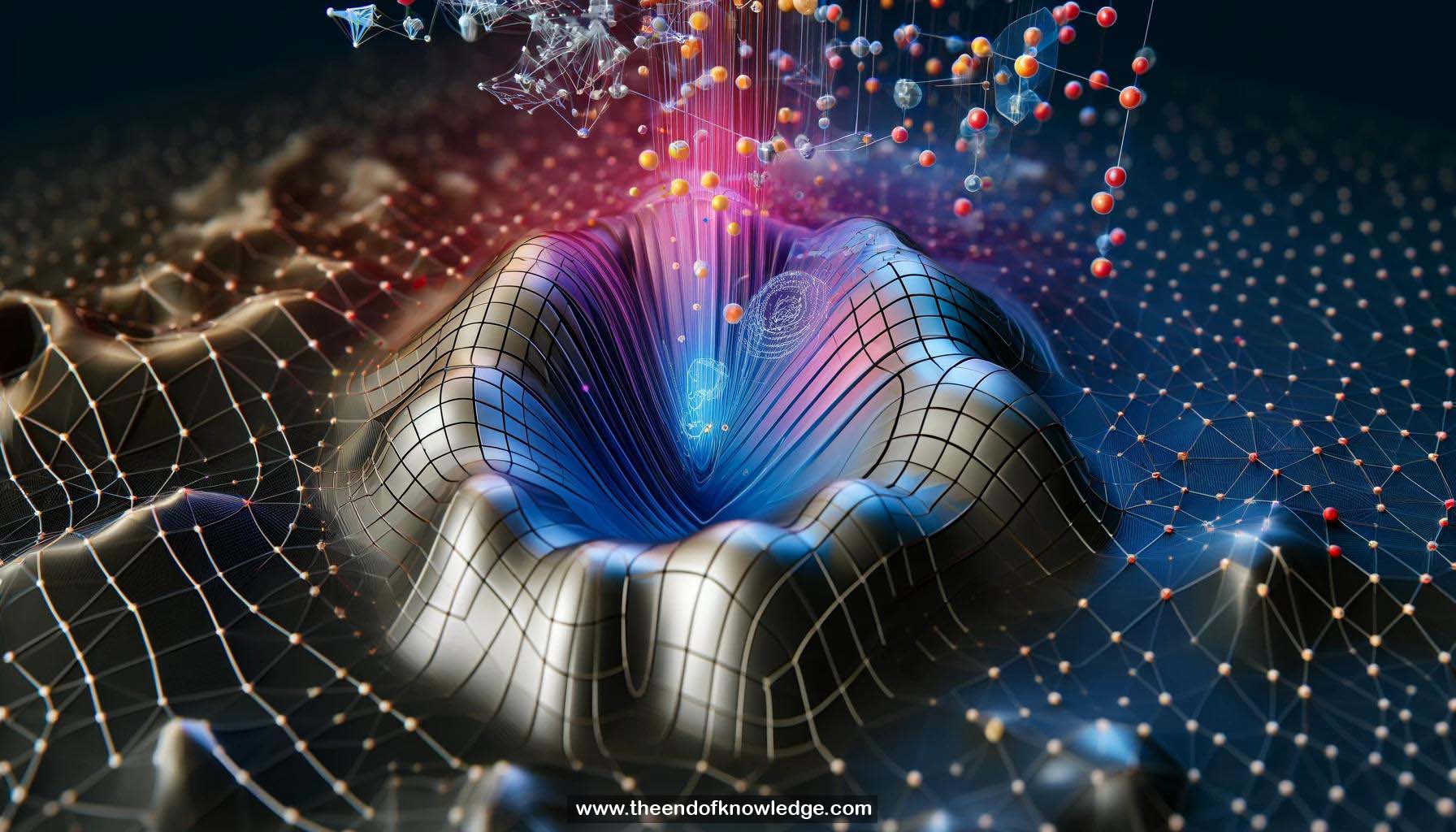 >
>
Concept Graph & Resume using Claude 3 Opus | Chat GPT4o | Llama 3:
Resume:
1.- DeepSDF: Directly regresses continuous signed distance functions using neural networks for efficient and expressive shape representation.
2.- Deconvolutional networks: Commonly used for image-based approaches but grow quickly in space and time when applied to voxels.
3.- Point clouds: More compact representations than voxels but do not describe surfaces.
4.- Triangle meshes: Have unknown number of vertices and topologies.
5.- Signed distance function (SDF): Volumetric field where magnitude is distance to closest surface and sign indicates inside/outside. Shape is zero level set.
6.- Fully connected neural network: Takes XYZ coordinate as input and outputs predicted SDF value.
7.- Latent code (Z): Encodes shape information interpreted by decoder network. Conditioned on Z to model dataset of shapes.
8.- Autodecoder: Learning scheme to obtain meaningful latent space without encoder. Codes and decoder weights jointly optimized.
9.- Training: Random code initialized per shape, attached to XYZ input. Optimized with decoder weights given ground truth SDFs.
10.- Latent space of shapes: Obtained after training autodecoder.
11.- Inference: Optimal code found via gradient descent to best explain input shape. Decoder weights frozen.
12.- Arbitrary SDF samples: Autodecoder allows inference on any number of samples, e.g. from single depth map.
13.- Visualization of inference: Optimization finds best code matching depth map observation.
14.- Rendering: Ray casting to zero crossing for depth map. Surface normals via backpropagation gradients.
15.- Marching cubes: Algorithm to extract mesh from SDF.
16.- Shape representation performance: DeepSDF significantly outperforms previous voxel and mesh-based methods on unseen shapes.
17.- Network size efficiency: 100x smaller than octree voxel methods while providing higher accuracy and surface normals.
18.- Expressive power: Much higher than state-of-the-art mesh-based methods.
19.- Shape completion: Finds optimal high-quality shape given input depth map. Outperforms state-of-the-art.
20.- Related CVPR works: Mentioned for further reference.
Knowledge Vault built byDavid Vivancos 2024